Selected Readings
The American Recycling Myth
Jon Hazlett
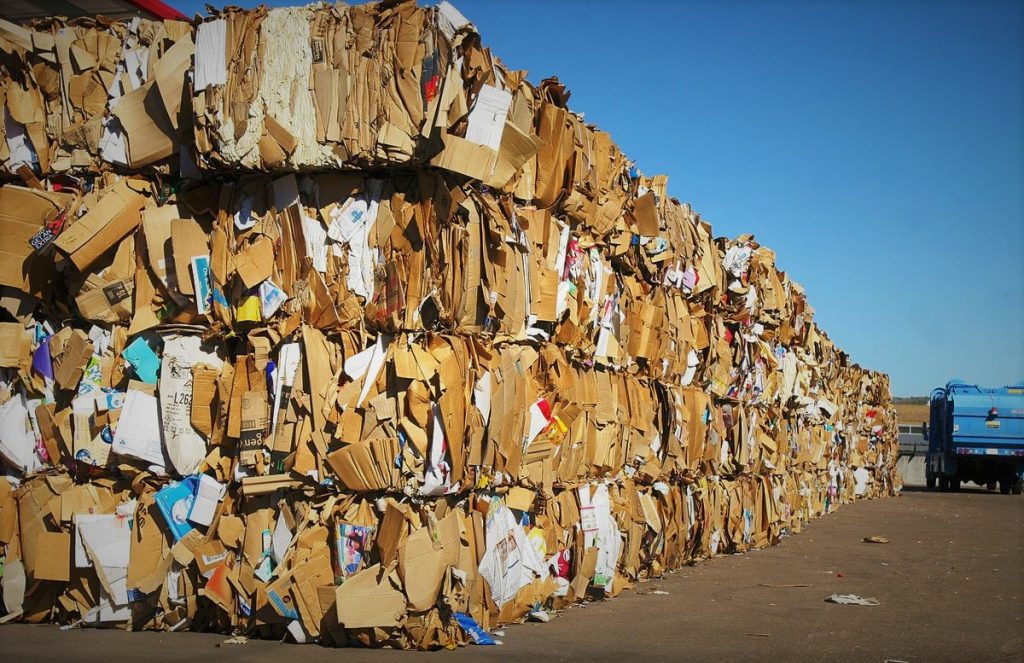
This July, China notified the World Trade Organization that it planned to begin banning the importation of certain types of “foreign garbage” perceived as a threat to the Chinese environment. The proposed ban includes numerous types of waste plastic and unsorted paper that are commonly collected as recyclable items in the United States.
This announcement sent shock waves through the recycling industry. Large, multi-national garbage hauling corporations like Waste Management Inc. have already begun to redirect shipments of lower-grade waste plastic to alternative destinations. Meanwhile, the Institute of Scrap Recycling Industries, the primary trade association for the array of companies involved with recycling, called the ban “catastrophic” for the industry. Given recycling’s ubiquitous status as a “green” practice in municipalities throughout the United States, it is striking that neither organization expressed concern about the status of local collection programs or the potential environmental effects the ban may bring to the United States.
Despite the panic among recycling companies, most American households diligently filling their recycling bins have not heard about the Chinese ban. How is it that a potentially “catastrophic” event does not ring alarm bells for consumers concerned with environmental protection? And why is an industry, built on the “ecological” practice of recycling, seemingly unconcerned about the environmental consequences of this ban? The answer lies in the ways Americans have been trained to think about recycling.
The Recycling Myth
Popular ideas about the purpose and origin of recycling programs help obscure the actual processes at work in the recycling industry. They suggest that recycling programs resulted solely from consumer demand for conservation and a cleaner environment. This misconception began at the height of the environmental movement in the late-1960s when environmentalists championed the ideal of individual and local action. Within a year of the first Earth Day in 1970, over 3,000 small-scale community collection centers were launched. The Institute for Local Self-Reliance, a leading proponent of recycling programs, lauded the boom in recycling centers as an example of the power of motivated consumers to develop waste management systems that conserved both natural resources and energy. With this message of individual power, environmentalists helped associate recycling in many Americans’ minds with such small-scale, local collection programs.
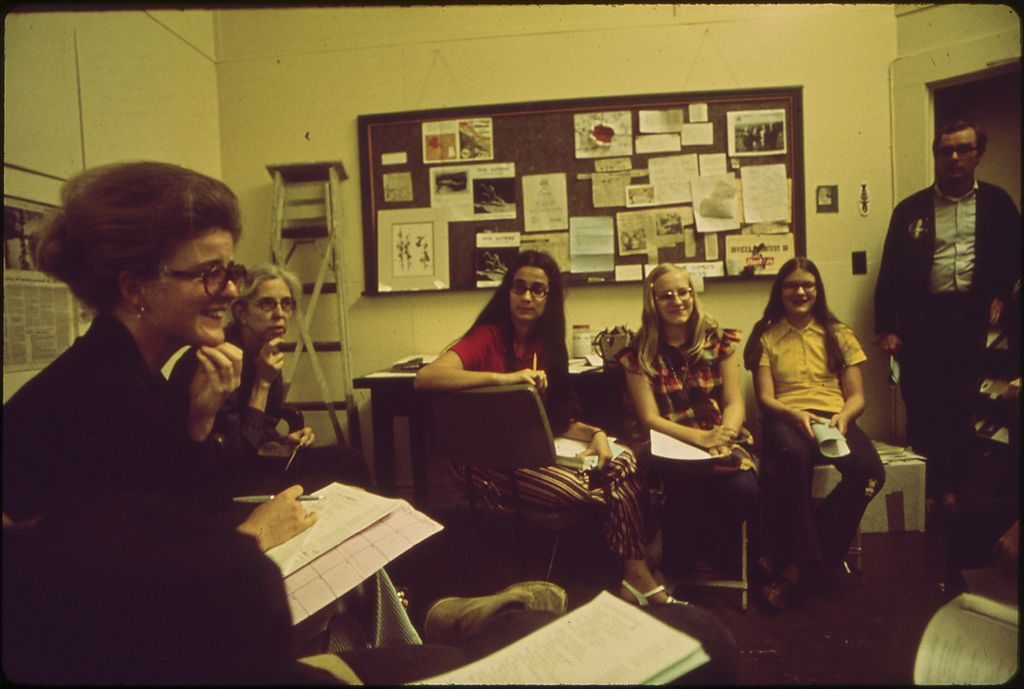
Even detractors of the recycling movement located its power in the motivations of consumer demand, albeit in a more cynical manner. At the height of the recycling boom of the 1990s, journalist John Tierney eviscerated municipal programs as nothing more than wastes of time and money that environmental groups used to legitimize their existence. According to Tierney, recycling as we know it was born in 1987 as “Americans concluded that [it] was their only option” to address a growing crisis of shrinking landfill space. Citizens “embraced recycling as a transcendental experience” and an “atonement for the sin of excess,” Tierney claimed. As he describes it, the idea of recycling as a form of ecological redemption was simply a delusion Americans conjured to assuage themselves of their consumer guilt. Environmental groups then capitalized upon these feelings to serve their own bureaucratic ends. The misperception of recycling as an individual, environmentally redemptive act survived such critiques in the mid-90s and remains in place today.
One result of this perception of recycling as a local activity is that while many Americans today may understand the commodity chains that carried their plastic soda bottles from overseas factories to their pantries in the United States, when tossing the bottle into their recycling bins, few consider the chains that could carry it back again.
Recycling’s Industrial Origins
Whether hopeful or cynical, the idea that recycling was primarily an outgrowth of environmentally conscious consumers obscures the role that industry played in establishing recycling infrastructure and shaping American misperceptions of the practice. Likewise, it prevents us from seeing how industries used these misperceptions to their political and economic advantage. When industry enters the picture, we can see that the perception of recycling as an ecological activity began decades before Earth Day and with very different motivations.
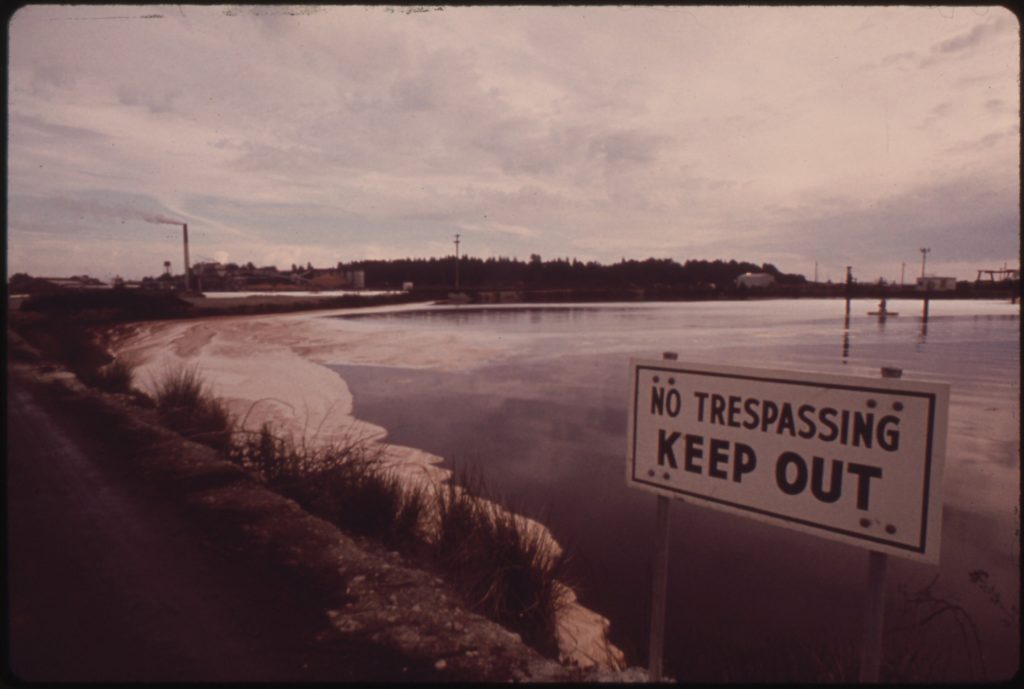
In the 1940s, for instance, leaders of the paper industry founded the National Council for Stream Improvement (NCSI) to research and develop concepts of internal wastewater recycling. Their goal was to increase energy efficiency as well as stave off increasing calls for pollution control regulations. This in turn allowed mills to employ residual wood chips in the production of paper rather than burning them to produce energy. The concepts of industrial waste recycling that NCSI used in the 1940s and 1950s laid the foundation for ideas about closed-loop production systems that would drive the popular recycling movement.
As the environmental movement evolved in the 1960s, paper companies joined forces with a wide array of other industries to transform the practice of industrial recycling into an approach to handling consumer waste. A new concept of resource recovery, promoted by the federal government under the Resource Recovery Act of 1970, called for the private development of processing facilities focused on resource and land conservation. These new facilities operated on a three-stage waste management process. The first step was the separation and collection of recyclable materials from the waste stream. Next came the incineration of any combustible material to produce energy. Last, what remained traveled to the landfill. Leaders from numerous companies, including Monsanto Co., The Mead Corporation, American Can Co., Reynolds Metals Co., and Union Carbide, formed the National Center for Resource Recovery (NCRR) to promote this type of recycling as a private industry.
In addition to lobbying efforts and research programs, NCRR developed educational programs to help instill consumer confidence in this model for recycling. One such effort was an in-depth curriculum guide for high school teachers. Even as the guide reiterated the growing narrative of individual responsibility for pollution, it also described the technologically driven process of waste resource recovery as part of a natural cycle, greenwashing the activities of a industry whose raw materials were entirely supplied by American consumption. “The concept of resource recovery actually copies the pattern of recycling found in nature, where all matter is combined, broken down, and recombined in a never-ending process,” the guide insisted. “We can learn to work with this process instead of against it by applying the recycling principles of nature to solid waste.”[1]
Recycling in the Classroom
Industry was not the only voice equating recycling with natural processes and minimizing its relationships to American consumption and waste. Environmental organizations also framed recycling as way to return garbage to natural cycles. Chief among these organizations was Environmental Action Coalition in New York City. The Environmental Action Coalition, organizers of the Earth Day 1970 demonstrations in New York, were steadfast promoters of market-based environmental action, and recycling become their flagship cause. Leaders of the organization believed that an educated public would exert their consumer power and work alongside businesses to develop more sustainable waste management systems.
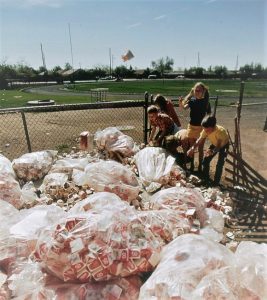
Also like the NCRR, a major part of the Environmental Action Coalition’s operations in the 1970s centered on the development of education programs that connected elementary school children to the world of waste around them. “Don’t Waste Waste” established seven key concepts for teachers to draw upon to implement a comprehensive lesson plan about solid waste issues. Teachers were encouraged to bring trash into the classroom to discuss its origins and demonstrate how many resources were used for packaging. Other activities focused on disposal and recycling with lesson plans describing how to create a miniature landfill in the classroom. One of the most popular activities taught the students how to make their own recycled paper with scrap paper from the classroom.
More important than simply establishing the children’s personal connection with solid waste disposal, the lessons focused on the broader definitions of recycling that the Environmental Action Coalition championed. The lessons provided a description of recycling as an inherent part of the natural world. “To contrast with man’s destruction,” the material instructed, “initiate a discussion on how nature recycles everything, if left to its own devices.” Leaves, for example, fall from the tree and decay on the ground, providing nutrients to the soil that help the tree produce new leaves. When humans burn the leaves, the natural cycle is disrupted. The same is true, the Environmental Action Coalition explained, with paper in that “the throwing away and burning of paper disrupts the cycle that nature has planned for trees.” In its descriptions, the lesson goes as far as to add “factory,” “solid waste,” and “incinerator” to the list of “natural” life cycle stages for paper, firmly entrenching the paradoxical idea that commodity capitalism and resource conservation are natural partners.[2] Lesson plans like this left consumers with the idea they were contributing to a closed-loop production system, and that the activity might be as benign as refraining from the purchase altogether.
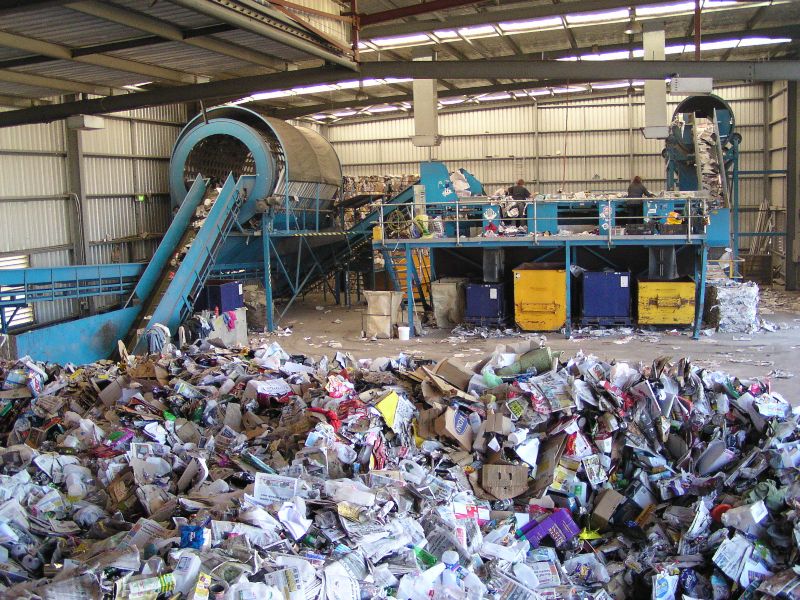
As recycling gained popularity in the 1970s, the collection of recyclable items remained, in the eyes of individual consumers, separate from the production markets that made use of the materials. The ultimate destination of the materials never became a concern for consumers. Indeed, oftentimes the industry survived market disruptions by sending recyclable materials they collected to the very landfills they were meant to avoid. More importantly, the connection of recycling to ecological sustainability relied upon the naturalization of capitalist production processes by these same industrial and environmental interests. On both a national and local level, recycling advocates asserted that industrial production was a part of the natural ecology of the planet and that returning discarded materials to this cycle helped achieve conservation goals. The reality, however, has been the development of a system focused more on the bottom line and less on ecological sustainability.
In this way, supported by education campaigns from environmental groups on one side and from industry on the other, Americans came to perceive recycling as analogous to an ecological process and separate from the global flows of capital and commodities that produced the very piles of waste that recycling was intended to overcome. As the global population continues to consume resources at an unsustainable pace, the Chinese ban is a meaningful reminder that recycling has been and remains materially tied to global capitalism—often in ways that are antithetical to the connotations the activity holds for most American consumers.
Media Attributions
- Blocks-of-Compressed-Cardboard © United States Marine Corps (Wikimedia Commons) is licensed under a Public Domain license
- Alabama-Nature-Conservancy-Meeting © LeRoy Woodson, Environmental Protection Agency is licensed under a Public Domain license
- Wastewater-Treatment-Lagoons-Weyerhaeuser-and-St.-Regis © Doug Wilson, Environmental Protection Agency is licensed under a Public Domain license
- Elementary-Students-in-Peoria © Bruce McAllister, Environmental Protection Agency, National Archives and Records Administration (Wikimedia Commons) is licensed under a Public Domain license
- OLYMPUS DIGITAL CAMERA © Wikimedia Commons
- NCRR Inc., Teacher’s Guide: Resource Recovery Overview (Washington DC: National Center for Resource Recovery, Inc., 1974). ↵
- Environmental Action Coalition, “Don’t Waste Waste: Overview Packet, Solid Waste Problems and Solutions,” 1973, EAC Records, Box 11, Manuscripts and Archives Division, The New York Public Library. ↵

